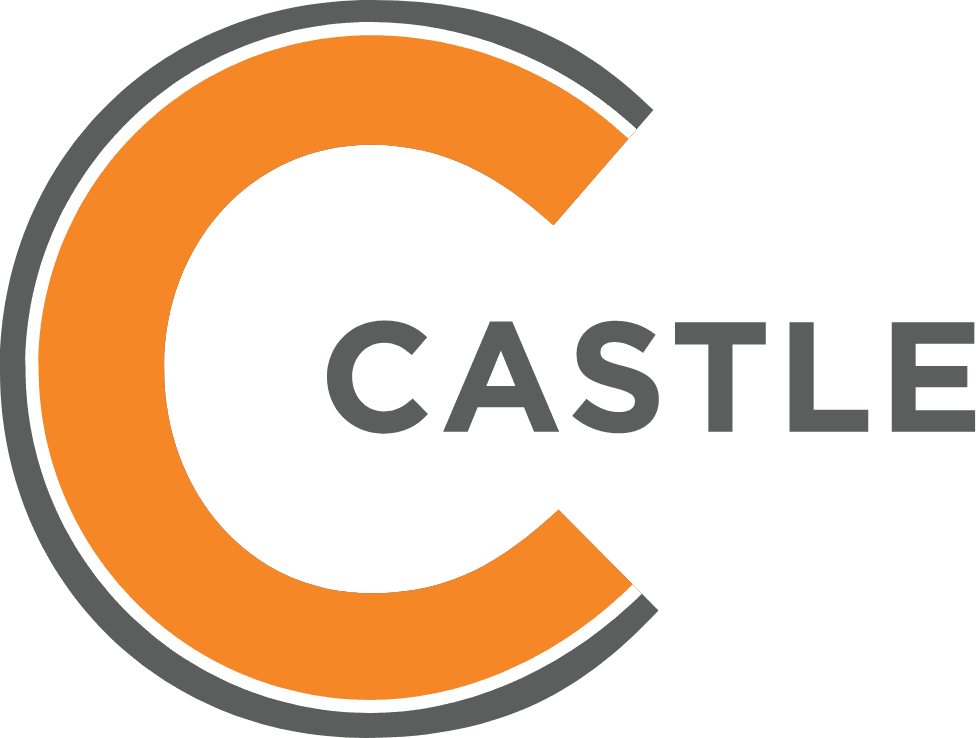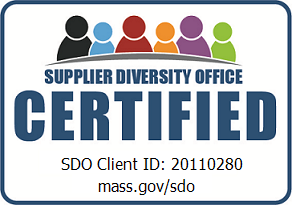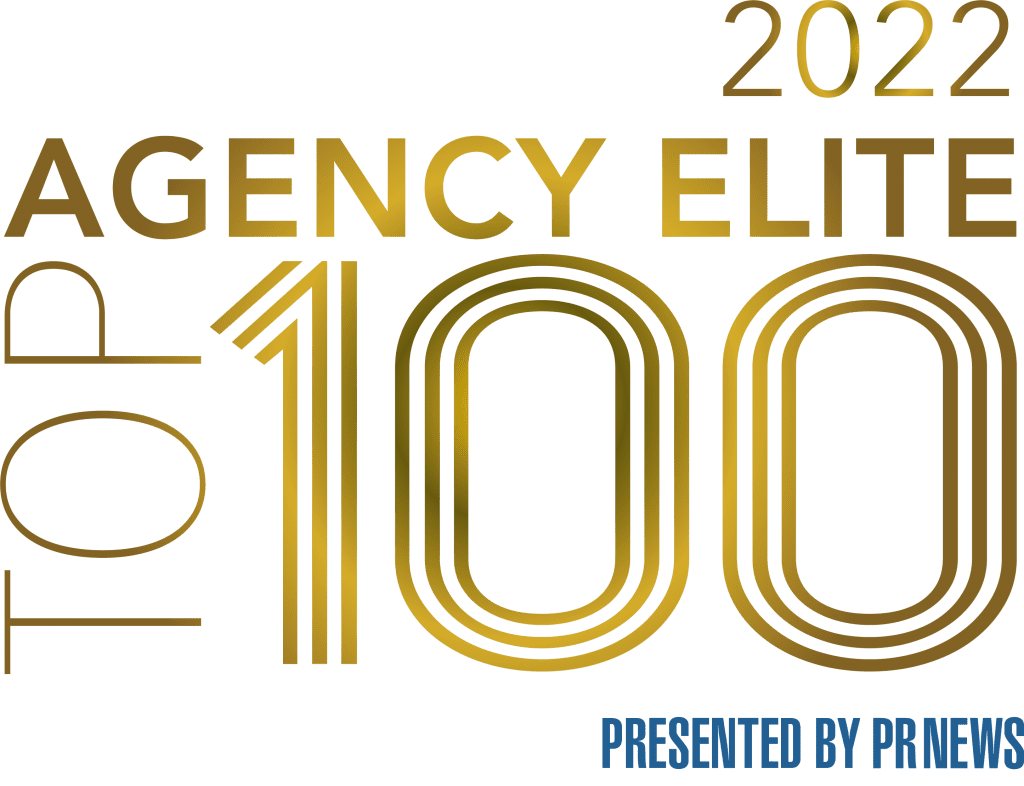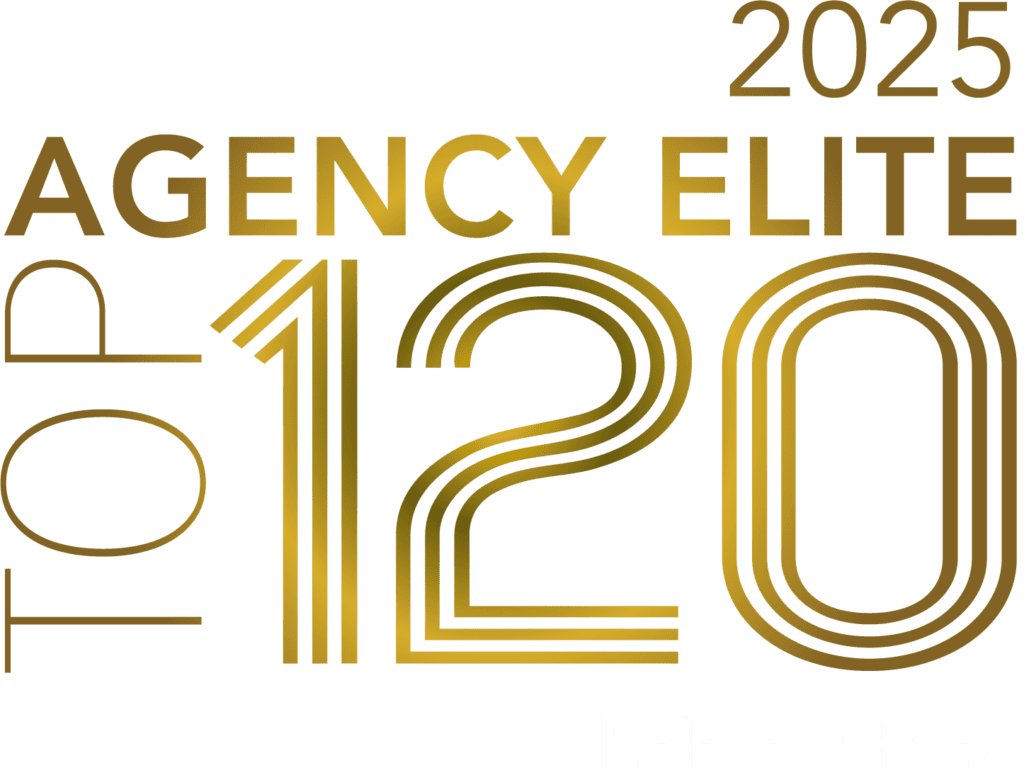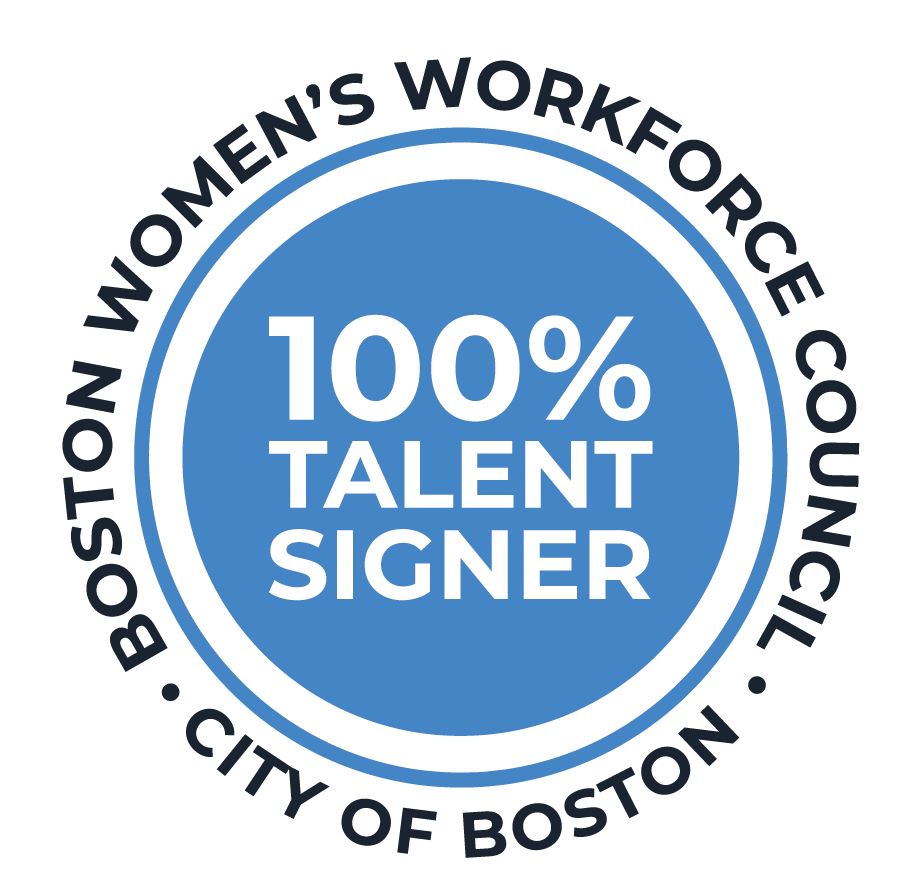The Boston Globe Spotlight team’s report “Private Schools, Painful Secrets” (posted on May 7 and published on May 8) on educator sexual abuse at independent schools brought several important issues related to crisis communications to the forefront: accurate and thorough assessments, external factors, context, strategy, spokesperson, communications materials, news cycle and social media. The allegations in the story are horrific and painful to read. It’s heartbreaking that these things have happened, no matter how long ago. Having worked with independent schools, as well as many other organizations, on crisis communications matters for many years, I can attest that every one of the schools I’ve worked with has been sincere about wanting to address these issues—regardless of whether they have occurred within their own institutions. In my experience, situations and issues often escalate because of how those matters are—or are not—communicated.
Our role as communicators is to create clear and consistent messaging for the school’s many stakeholders, as well as a road map for how information is shared with them during the crisis and over time.
Assessment
The first thing we do is understand and assess where we are in the crisis life cycle. Is it truly a crisis, a “crisis in waiting” or merely a sensitive issue? How do you decide? In dealing with allegations from the past, we ask a lot of questions, including:
- What is the issue?
- Who knows?
- What do they know?
- Is there any buzz on campus about the issue?
- What is fact vs. allegation?
- Is law enforcement involved?
- Is there pending or current litigation?
- Is there an investigation – independent or internal?
- Is this one of many allegations or the first/only one?
- Is the accused still active in the school community?
- Was the accused given any sort of professional recommendation? Where is that person now?
External Factors
We also look at external factors. With the Globe Spotlight report on the horizon over the past couple of months, many schools immediately treated any new allegation as crisis, knowing that this topic would be very much in the public eye and that the media were proactively looking for information. Remember, also, that there are others—including advocacy groups and attorneys—who might have an interest in making this public quickly.
Whether, or how quickly, the school ends up proactively communicating with its many stakeholders requires an understanding of the stakeholder groups. This includes current students and parents, faculty, staff, alumni, trustees, donors, prospective students/families. With an allegation from the past, there may be certain classes that are acutely affected. Who needs high touch? How are the alleged victims communicated with? Any communication will generate a reaction—sometimes many, ranging from disbelief, anger, sadness, additional allegations, acknowledgement, support and more.
Context
We also consider the context for the news. First, the school’s profile. Is it an 800-pound gorilla—well-known, storied? That may put it squarely in the media’s sights. In the case of the Globe, the New England schools’ geography was important. If the allegation is part of a trend (with Spotlight, it was positioned as issues at private schools) then it is likely to be news, but conversely, if the issue is rare or an outlier, that can also make it news. We also have to look at what else is happening in the school to determine the impact and timing of communications. This includes the enrollment cycle, fundraising appeals and signature events such as parents’ weekend, commencement and athletics.
Strategy
Once we’ve gotten all of the information, it’s time to create the approach. A solid strategy conveys transparency, authenticity, sensitivity and confidence. We balance many factors, including:
- Institutional goals—fundraising, admissions and recruitment, retention
- Stakeholders and channels—where “conversations” will take place and who matters most
- Promises made and delivered upon—policies, trainings, programs, communications, discipline
- Unrelated communications that may be occurring—website, social media, events, alumni magazine—it’s important to make sure there is no missed opportunity to communicate. Of equal importance is knowing that nothing unrelated is being communicated that might make the institution appear tone-deaf to the seriousness of this situation
Spokesperson
When the crisis hits, there is typically one spokesperson for the institution. I have strong opinions about using an outside PR person as the spokesperson—I believe it hurts the goals of transparency and authenticity, and can appear that the head of school is not taking ownership. There should be a front-line spokesperson. Front-line can mean many things, including:
- Authorship of community letters and blogs
- Community meetings
- One-off phone calls or emails, either proactively or in response to specific stakeholders
- Media spokesperson: this requires prep, training and decisions about how media will be responded to. Depending on the timing, expertise and context, we may decide the media spokesperson will only comment in writing or over the phone and will not do live interviews. This is an important decision and one that requires thoughtful deliberation and assessment.
There are also faculty, staff and trustees who need to be armed with information, as they are on the front lines in terms of alumni, parents and students, admissions, donors and former classmates, not to mention curious friends and colleagues who know of their ties to the school.
Tomorrow The Castle Group will be posting part two of this blog, which will address developing communication materials and handling the 24-hour media cycle during a school sexual abuse crisis.
